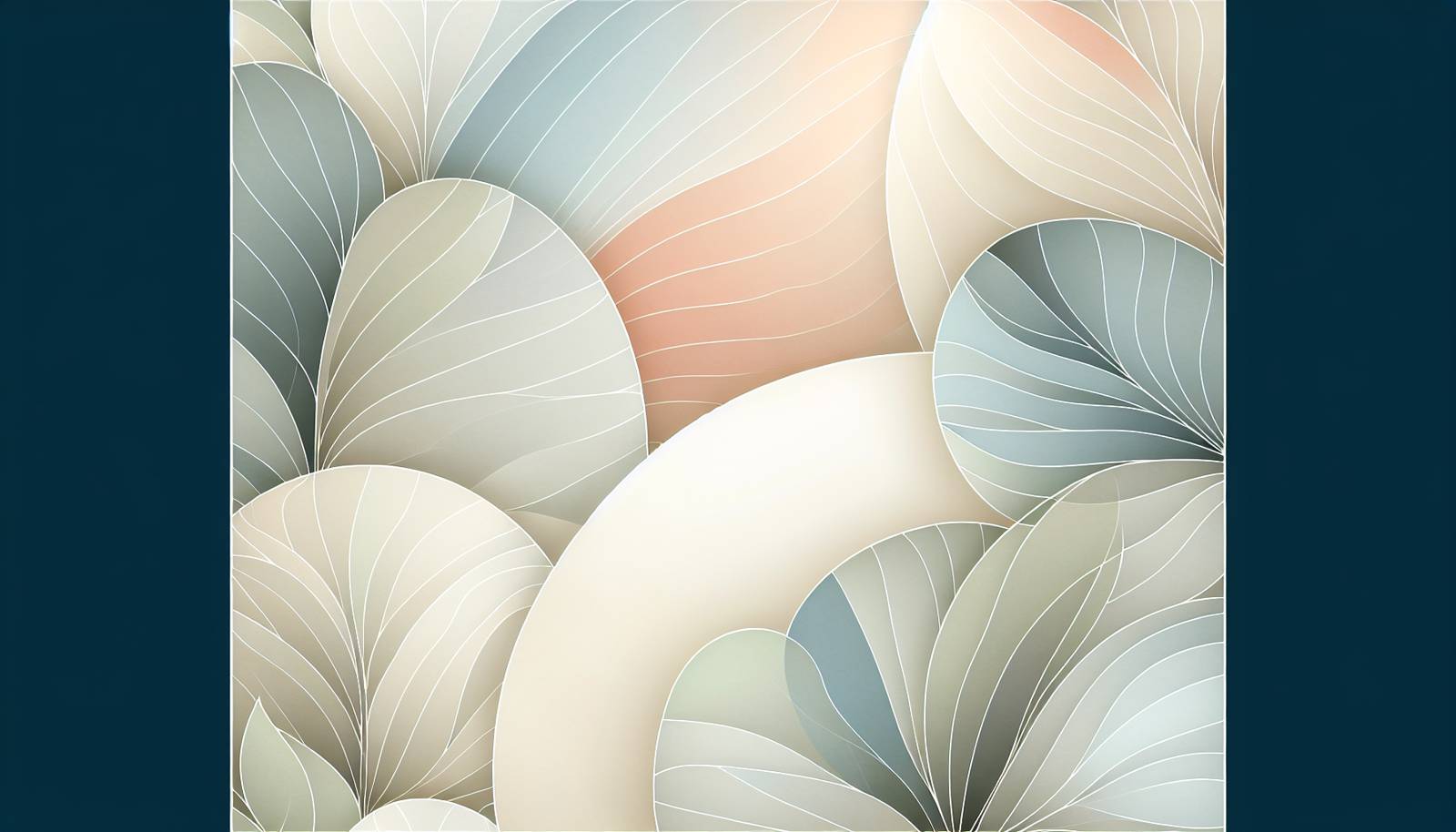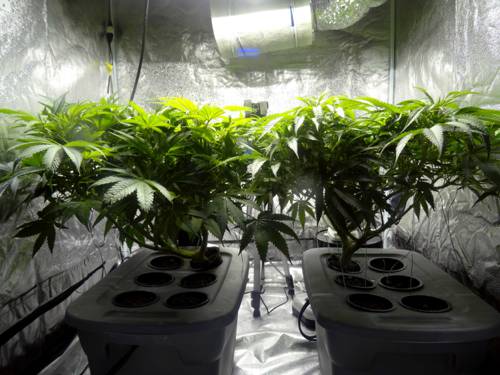
FAQ About Indoor Plant Growth Under Colored Lighting

How does colored lighting affect indoor plant growth?
Colored lighting can significantly influence indoor plant growth by affecting photosynthesis and other growth processes. Plants primarily use red and blue light spectrums for photosynthesis. Red light often encourages flowering and fruiting, while blue light supports vegetative and leaf growth. Therefore, using specific colored lights can target different growth stages or characteristics of plants.

Why is red light important for plant growth?
Red light is crucial for plant growth as it enhances photosynthesis and influences flowering and fruiting phases. Red light helps regulate the flowering process in photoperiod-dependent plants, which require specific light cycles to bloom. Additionally, red wavelengths help in elongating stems and expanding leaves.

What role does blue light play in plant development?
Blue light plays a vital role in plant development by promoting vegetative growth and enhancing chlorophyll production. This type of light is essential in regulating plant morphology, such as leaf size, thickness, and leaf orientation. Blue wavelengths can also help reduce excess stretching of plants, often known as etiolation.

Can plants grow under green light?
While plants can grow under green light, it is typically less effective compared to red or blue light. Chlorophyll, the pigment responsible for photosynthesis, reflects rather than absorbs green light, making it less efficient for growth. However, green light can penetrate deeper into the leaf structure and can be beneficial when combined with other light spectrums.

Is colored LED lighting better for indoor plants than natural sunlight?
While colored LED lighting can be optimized for specific plant growth needs, it is not necessarily better than natural sunlight. Sunlight includes a full spectrum of wavelengths beneficial for plant growth. However, LED lights allow for controlled growth environments and can be tailored to provide specific light spectrums that target desired plant characteristics or stages of growth.

How do you choose the right colored light for different plant types?
Choosing the right colored light depends on the plant type and its growth phase. For leafy vegetables and herbs, a combination of blue and red lights can promote healthy leaf development. Flowering plants often benefit more from red light to stimulate bud and bloom growth. Researching the specific light needs of each plant can guide better lighting decisions for indoor gardens.

What are the disadvantages of using colored lighting for plant growth?
One disadvantage of colored lighting is the potential for imbalanced spectral exposure, which may inhibit some plant processes if not properly managed. For instance, too much red light without blue can cause plants to become leggy, while overreliance on blue light may reduce flowering. Additionally, colored lighting solutions might lack the full spectrum present in natural sunlight.

Can colored lighting affect plant health negatively?
Colored lighting can negatively affect plant health if the balance of wavelengths is not adequate for the plant's needs. Overexposure to specific colors can lead to abnormalities such as stunted growth, poor leaf development, or failure to flower. Proper calibration and a balanced spectrum are essential to avoid such issues.

How long should plants be exposed to colored lighting each day?
The duration of exposure to colored lighting should mimic the natural photoperiod of the plant. Generally, most indoor plants thrive with 12-16 hours of light per day, though this can vary between species. It's vital to research specific plant needs to avoid overexposure or insufficient lighting.

Do different colors of light affect plant photosynthesis rates?
Yes, different colors of light can affect photosynthesis rates. Red and blue lights are most effective for photosynthesis as they match the absorption peaks of chlorophyll. Blue light generally supports stronger photosynthetic activity in the early stages of growth, while red light is more effective during flowering and fruiting stages.

Why is a combination of blue and red light often recommended?
A combination of blue and red light is recommended because it offers a balanced spectrum that can support both vegetative growth (through blue light) and flowering or fruiting (through red light). This combination ensures comprehensive plant development by meeting different needs during varying growth phases.

Can colored lighting replace natural sunlight entirely?
While colored lighting can effectively support plant growth, it may not fully replace natural sunlight, which contains all light spectrums crucial for optimal plant health and development. However, in controlled environments, colored lighting can be a viable alternative by creating customized light conditions that suit specific plant requirements.

Is UV light beneficial for indoor plant growth?
UV light is not essential for photosynthesis but can be beneficial in small doses. It can contribute to the production of secondary metabolites like flavonoids, which help plants adapt to UV exposure. Excessive UV light can damage plant tissues, so it's crucial to use it sparingly.

How does purple LED light affect plant growth?
Purple LED light, often a combination of red and blue wavelengths, is used to support both vegetative growth and flowering. It can provide a balanced light spectrum, encouraging strong, healthy plant development over different growth phases. The purple hue is a visual mixture of red and blue, which creates a full-spectrum effect beneficial for most plants.

Are there any cost advantages to using colored LEDs for plant growth?
Yes, colored LEDs offer several cost advantages for plant growth. They are energy-efficient, reducing electricity usage compared to traditional lighting. LEDs have a long lifespan, which minimizes replacement costs. Additionally, their ability to provide specific light spectrums can improve plant yield quality and reduce the need for additional resources.

How do colored lights influence plant morphology?
Colored lights influence plant morphology by affecting plant height, leaf size, and overall growth patterns. Blue light generally promotes compact, sturdy growth, while red light encourages elongation and flowering. Utilizing the correct spectrum can shape the physical structure of plants according to desired cultivation goals.

Are there any environmental benefits to using colored lighting for plants?
Using colored lighting, particularly LED technology, offers environmental benefits such as lower energy consumption and reduced carbon footprints due to their energy efficiency. LEDs also produce less heat, reducing cooling requirements, which can further diminish environmental impacts.

What are full-spectrum grow lights, and how do they differ from colored lights?
Full-spectrum grow lights are designed to replicate natural sunlight, offering a complete range of wavelengths from ultraviolet to infrared. They differ from colored lights, which typically focus on specific spectrums like red or blue. Full-spectrum lights are used to provide a holistic source of light that supports all aspects of photosynthesis and plant development.

Can colored lighting be used for all types of indoor plants?
Colored lighting can be used for most types of indoor plants, but it is essential to match the light spectrum to the plant's specific requirements. Different plants have varying light needs, and while most benefit from red and blue lighting, some might require adjustments to the ratio or inclusion of other spectrums to mimic optimal growth conditions.
